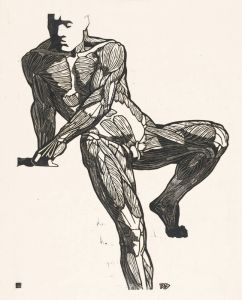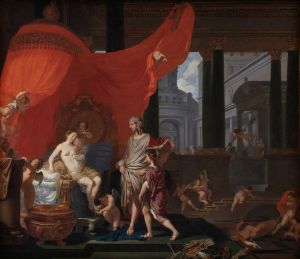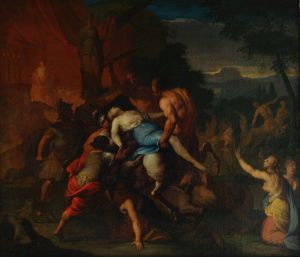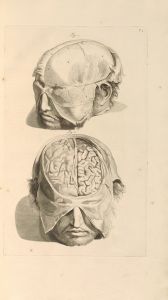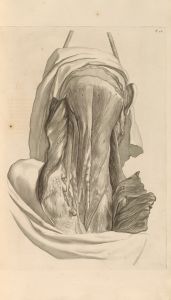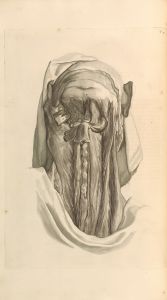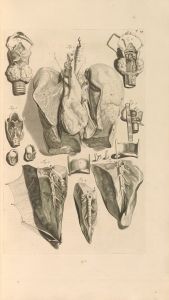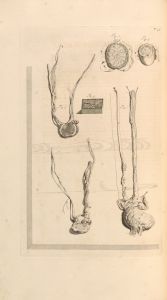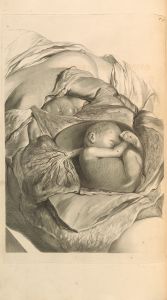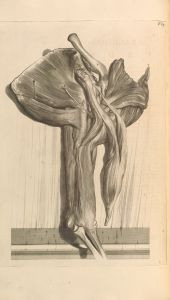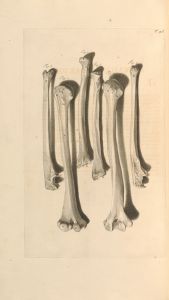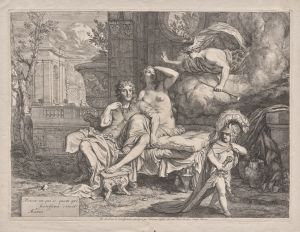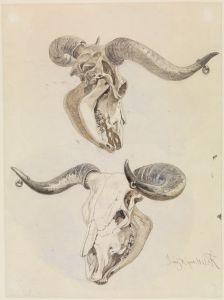
Anatomia humani corporis Pl.011
A hand-painted replica of Gerard de Lairesse’s masterpiece Anatomia humani corporis Pl.011, meticulously crafted by professional artists to capture the true essence of the original. Each piece is created with museum-quality canvas and rare mineral pigments, carefully painted by experienced artists with delicate brushstrokes and rich, layered colors to perfectly recreate the texture of the original artwork. Unlike machine-printed reproductions, this hand-painted version brings the painting to life, infused with the artist’s emotions and skill in every stroke. Whether for personal collection or home decoration, it instantly elevates the artistic atmosphere of any space.
Gerard de Lairesse (1640–1711) was a Dutch Golden Age painter and engraver, known for his classical and academic style. He is often associated with the Baroque period and was influenced by the ideals of the French Academy. De Lairesse's work extended beyond painting to include illustrations for scientific and medical texts, where his precise and detailed style was highly valued.
The artwork titled Anatomia humani corporis Pl.011 is one of the anatomical illustrations created by Gerard de Lairesse for the book Anatomia Humani Corporis (1685), authored by the Dutch anatomist Govard Bidloo. This publication is considered a significant contribution to the study of human anatomy during the late 17th century. The book contains 105 copperplate engravings based on de Lairesse's drawings, which were engraved by Abraham Blooteling and others. These illustrations were groundbreaking for their time due to their artistic quality and scientific accuracy.
Anatomia humani corporis Pl.011 is one of the plates from this collection, depicting a detailed anatomical dissection of the human body. The image reflects the collaborative effort between Bidloo and de Lairesse to present human anatomy in a visually engaging and educational manner. The illustration is notable for its combination of artistic composition and precise anatomical detail, showcasing de Lairesse's skill as both an artist and a scientific illustrator.
The anatomical illustrations in Anatomia Humani Corporis were intended to serve as a teaching tool for medical students and professionals. They represent a shift in the way anatomy was studied and taught, emphasizing direct observation and detailed visual representation. De Lairesse's work in this context demonstrates the intersection of art and science during the Dutch Golden Age, a period marked by advancements in both fields.
Despite the artistic and scientific achievements of the book, it was not without controversy. Some critics of the time argued that the illustrations were overly artistic and lacked the clarity needed for medical study. Nevertheless, the work remains an important historical document, reflecting the state of anatomical knowledge and artistic practice in the late 17th century.
Gerard de Lairesse's contributions to Anatomia Humani Corporis highlight his versatility as an artist and his ability to adapt his skills to different disciplines. The illustrations, including Pl.011, continue to be studied and appreciated for their historical and artistic significance.





